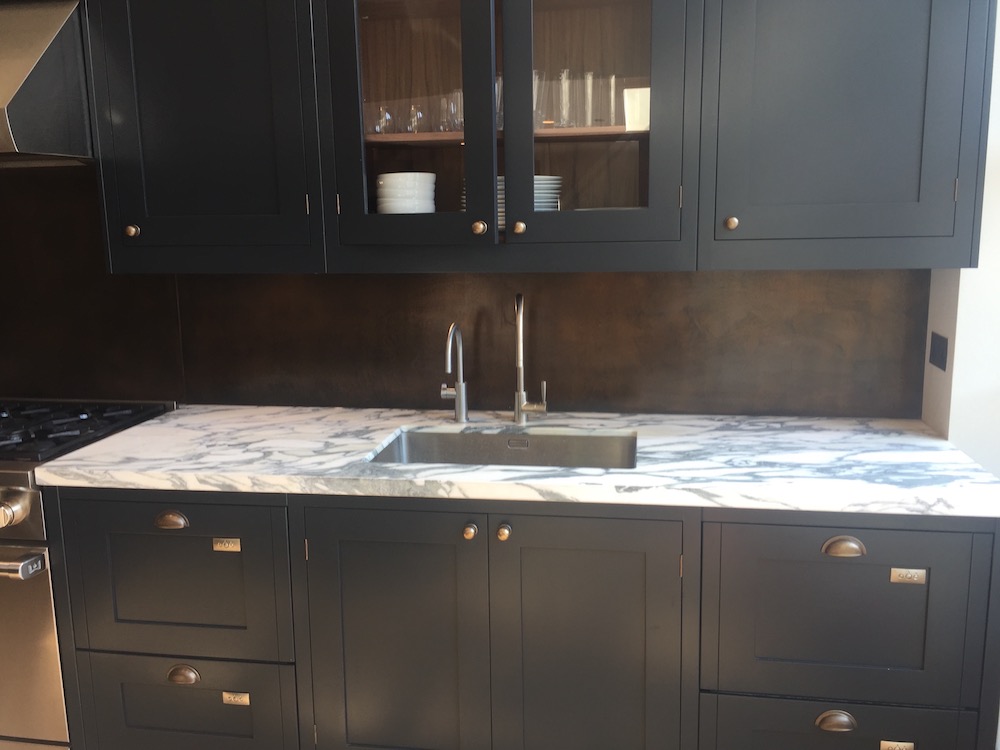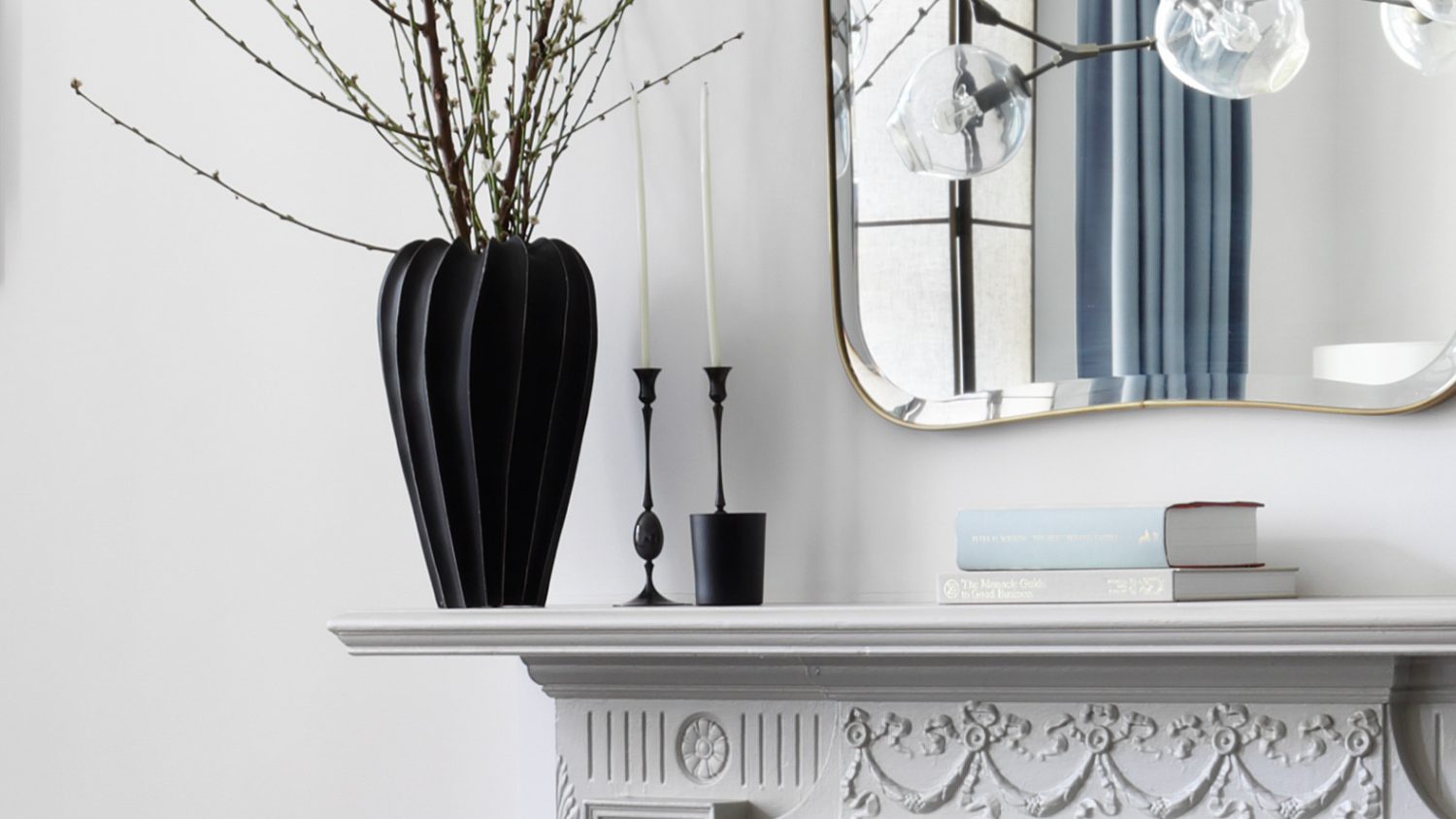
How To Choose The Right Interior Designer
Deciding room schemes, selecting exquisitely crafted furniture, fine fabrics and furnishings are all key skills for any good interior designer, but to be among the best, the role requires so much more than clients perhaps initially realise.
When looking to commission an interior designer, a good portfolio reflects a proficiency in design, but very often is given too much weight by prospective clients. In order to choose the right interior designer for your project, it is important to look beyond the portfolio and understand the substance. What this means is, you should evaluate a designer on all the duties and roles they will be undertaking during the course of the project.
The reality of being a professional interior designer is that several hats are worn; creative design lead, procurement specialist, logistics coordinator, furniture designer and commissioner, materials specialist and project manager. Most importantly, they’ll have to be good chemistry between you and your designer so that a trusting, productive working relationship can develop. Considerations in this process are; Does this person understand what I want? Do they listen to what I have to say? If you’re undertaking a project that involves any kind of structural work, then your interior designer should also be able to speak the language of architects and specialist building contractors, in order to be coordinated with building plans. These are the competencies that set apart the great designer from merely those with average skills.
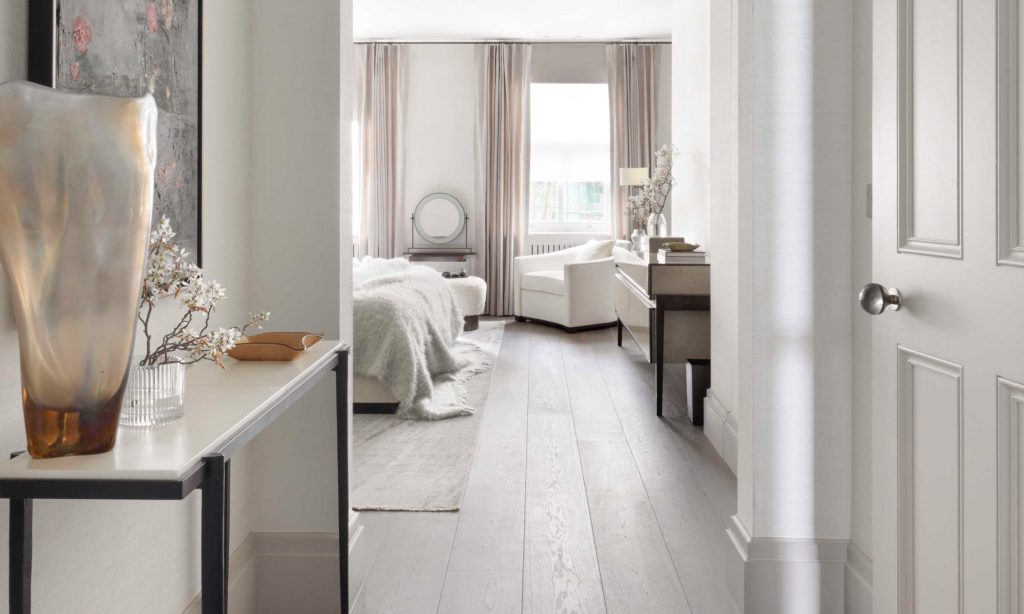
1. Manage Expectations
Before you commission a designer it’s important to understand your own expectations. How involved do you want to be in the process? Do you want to work with a leading interior designer, who will update you throughout the scheme and manage the entire project from concept to completion? Or perhaps you want the concept developed (design drawings and mood boards), which is when you want to take up the process by making the purchases, handling logistics and hiring any contractors as necessary. There’s no right or wrong, but you will find that the nature of your expectations will steer you towards some design houses over others.
From the outset you should be clear with designers about the service levels you expect. This allows you to disregard those which aren’t right for you. It’s typical that the top interior designers will tend to take on only whole property renovations and refurbishments, rather than undertake updates of one-off rooms within the property. Interior designers local to your neighbourhood are often well placed for small touch-ups to your property, whilst the top names will want to work with you when undertaking your more ambitious projects.
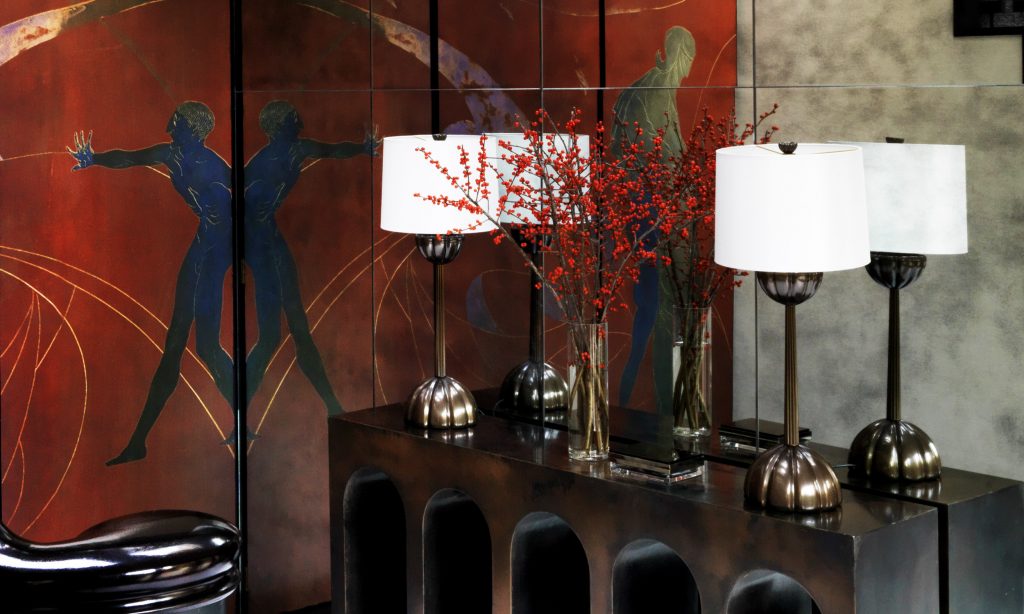
2. Have an idea of the Budget
Following on from knowing what services you require, is the question about budget. Many clients don’t like to reveal their budget until they receive an initial quote, but this information can be invaluable to a designer preparing a proposal. It means they are much more likely to be able to present you a concept that is realistic for your budget, rather than one which later down the line won’t be possible.
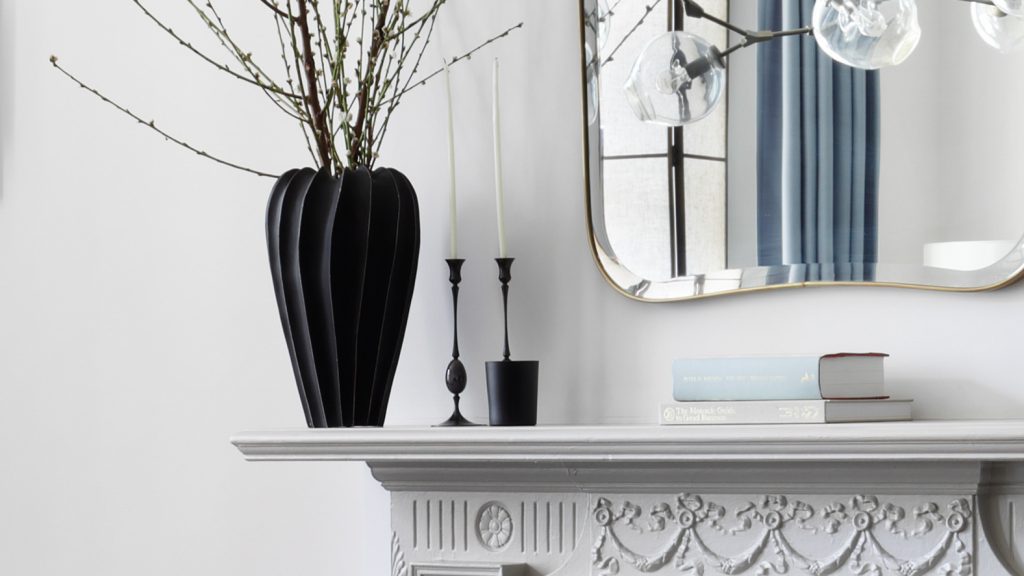
Decision Time
The most important consideration is chemistry. It’s actually how we begin the process at Janine Stone. We call it a chemistry meeting, where by the prospective client and designer meet (often over dinner or drinks) to talk informally together about the project, plus anything else they may care to. When chemistry exists, it inspires trust. Trust in the designer that the client will receive what they want in terms of design, enjoyment and lasting memories from the process. Trust in the client, that they understand the journey for which they are about to embark.
Once you’ve uncovered whether your prospective designer has the substance to match their style, it’s decision time.
To Contact Janine Stone Click Here

